12 Things that changed modern life and that were invented by women !
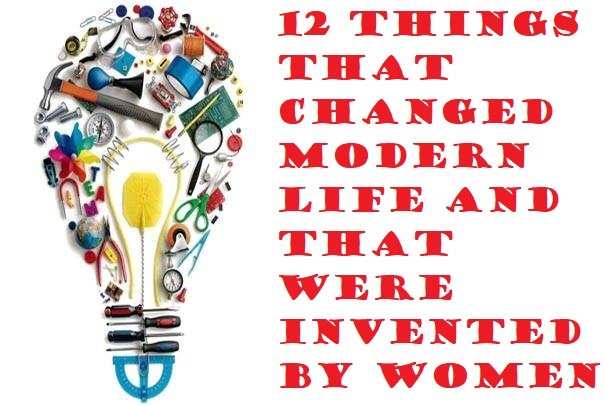
Good evening steemians.
I've seen people making blogs and vlogs about many inventors but i noticed one thing while i was reading them. What i realized was that people only talk about male gender inventors. What about females. Did they invent anything so after researching and reading a lot i came up with this article for you so i hope you enjoy it.
From chocolate chips to bulletproof material, from medication to cancer and to the dishwasher, many things that belong to the modern world are owed to women and unjustly left in anonymity. Their names are not as famous as Ada Lovelace, the mathematician who created the computer or even Mari Kyri, the pioneer in the field of radioactivity. Yet their daily creations can hardly be thought of today's world. This anonymity owes to the fact that in many countries there was no intellectual property right up to the twentieth century, as Sandra Uve says in her book "Supergrath", "Superinventor". Women have also suffered discrimination, yet this did not prevent them from inventing these innovations:
Caller ID and call waiting, Shirley Ann Jackson.
The first African American to hold a doctorate at the Massachusetts Institute of Technology (MIT), the second to have made a career in physics across America and the first woman to have received the National Medal in Science, Shirley Ann Jackson specializes in theory on elementary particles and has done research in the field of telecommunications. From 1976 to 1991, while conducting AT & T Bell's laboratory, he participated in the development of call and call identification, two links without which telephone practice could not be conceptualized. It also owes it to composing tones and portable faxes among other inventions.
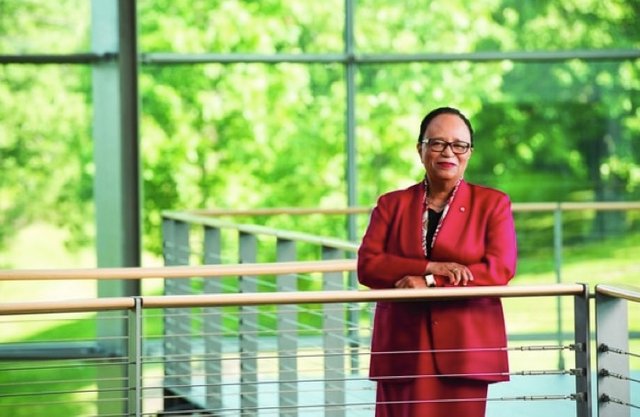
Ice Cream Maker, Nancy Johnson.
Patent number 3274, September 9, 1843, shows a circular wooden bucket, an inner tin cylinder, and a shovel in the interior connected to a handle. It is recorded on behalf of Nancy Johnson, born in 1795 and has captivated generations of children; is an artificial coolant, named after his inventor who served to make ice cream. The outer shell was filled with ice, the two-dimensional interior cylinder cooled when the maneuver rotated. Nancy sold it very cheaply, however, turned into the standard mechanism for many years and people were enriched with this tool.
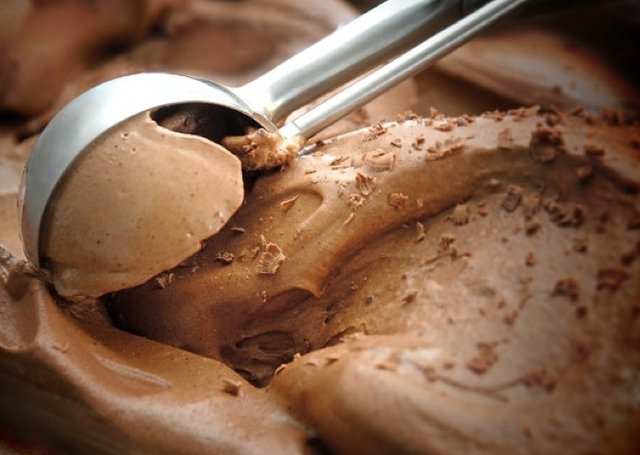
Azatioprina, a drug that makes transplatet possible, Gertrude Elion.
During the adolescence, in the 1920s, the chemist who would win the Nobel Prize, without dying of her grandfather's cancer, decided to devote himself to the disease in the future. Although he returned from New York University, he could not find a job, only when during the Second World War many scientists were in the front to enter labs that today belong to GlaxoSmithKline. Here Gertrude Eliot recognized George Hichings, who sought medication that interrupted a special mechanism. She first synthesized purines, a type of medication that made it possible to treat leukemia. Along with Hitchings, with whom he shared Nobel and James Black in 1988, he created other drugs against malaria, herpes, Hiv. Its most famous medication is azathioprine that is an inmunosupresor that allows the transplant to be realized, thus controlling organ rejection.
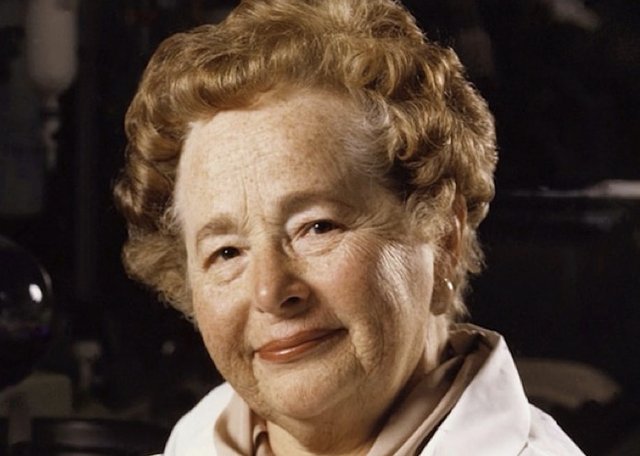
Paper bags, Margaret Knight.
At age 12, she surprised her mother, having noted an incident at a textile factory in Maine when she created a security tool to automatically stop a car if something remained inside. After the Civil War he moved to Massachusetts, where he worked at a paper bag factory, Columbia. At that time the bags were more or less an envelope, and Margaret Knight wondered how practical they would be if they had a flat base to create volume for the objects. A companion Charles Annan stole the prototype and patented it. When Knight denounced, the argument was that a woman could never design such an innovative car, but she explained the steps of her invention and received merit; the patent passed on its behalf after a long trial in 1871.

Kevlar, bulletproof fiber, Stephanie Kwolek.
He is the fourth female to enter the Fiction Hall of Fame in 1995 and has won the National Medal of Technology in America. She had her entire career at DuPont when she was working in 1964 for a light, but resistant fiber to produce tires. In one year he created something that was 5 times stronger than steel. The company patented Kevlar and today is used for bulletproof jackets, military helmets and rugs.
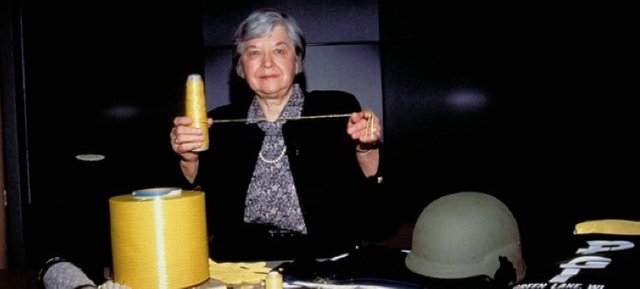
COBOL Computer Language, Grace Murray Hopper.
The Broadcast was one of three modern programmers and worked with Harvard's famous Harvard computers. Her idea to create independent programming languages led to the development of Cobol (common business-oriented language) in 1959 still in use today. Grace Murray Hopper died in 1992 and received the Obama Medal of Liberty after death, because not only did he create the world's most used computer language in the decade of 1970, but also for its computing contributions.
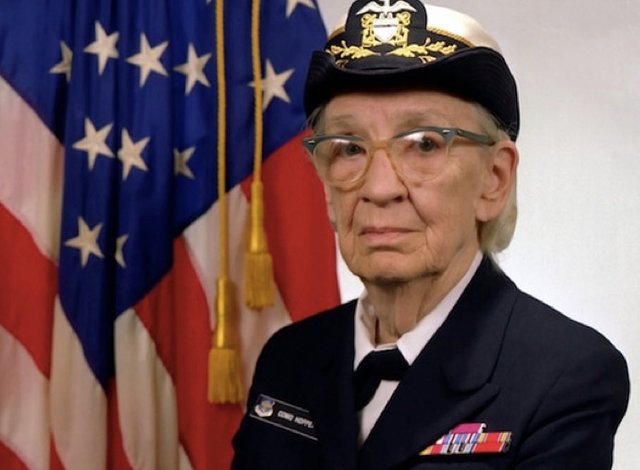
Monopoly, Elizabeth Magie.
In 1904, a stenographer and writer created "The Landlord's Game" to explain the monopoly's risk, uncontrolled capitalism, and the massive conspiracy at enormous expense at the expense of others and gained a patent. Elizabeth Magie was a progressive, feminist and militant political woman and supported the "unique tax" that promoted Henry George, a charismatic and economist politician of the nineteenth century. As part of the activism she created the game that was popularized in North America. 30 years later, an unemployed salesman, Charles Darrow, copied her game and sold it to Parker Brothers and became a millionaire. In 1935, this venture had negotiated with Magie for the purchase of "The Landlord's Game" for $ 500.
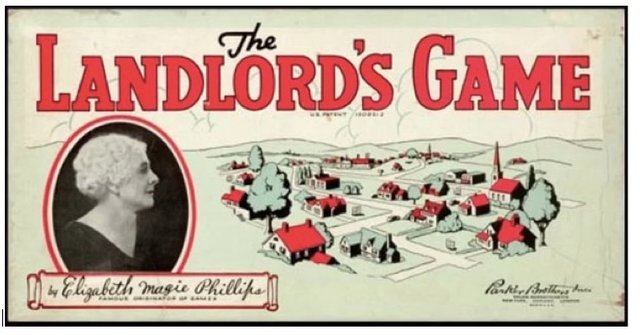
Skin regeneration honey, Fiona Wood.
In 1992, a school teacher arrived at Perth Hospital in Australia with gasoline burns at 90% of the body. She took under medical care a life-saving doctor with a technique applied to the US to regenerate the skin, but instead of waiting for the tissue culture she wanted for a few days and the patient did not have it because the infections would be killed earlier thought of an alternative. Fiona Woods spent nights at the lab with a colleague Marie Stoner trying to change the criteria for tissue engineering. Finding a way to cellular vaporization of the skin instead of cultivating tissue revolutionized the treatment of burns. This process continues to improve and Wood works at her Clinical Cell Culture clinic. Spray called ReCell was used in 2002 to handle the assassination victims in Bali, Indonesia.

Wipers, Mary Anderson.
Mary Anderson traveled to New York on a cold day in 1902 when she thought she had to do something to remove the snow that had accumulated on the front windshields she traveled, as the passengers got up and the driver of the two windows open to see. When he returned to Alabama, where he was, he began to draw a tool that manually operated from within the vehicle, which he patented in 1903 for 17 years. When he wanted to sell he did not find a buyer. In 1920 when the patent expired, the business of the vehicle exploded and Andersen's design turned into standard.
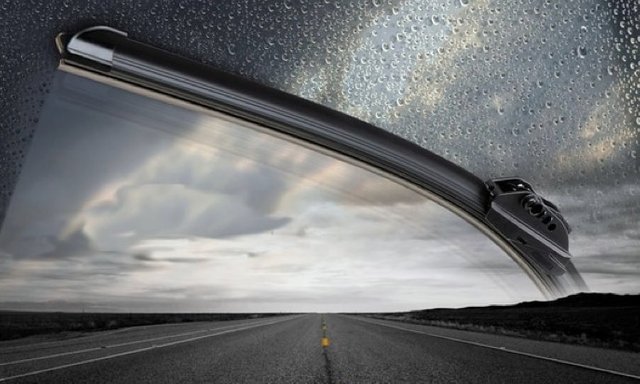
Dishwashers, Josephine Cochrane.
At her home in Shelbyville, Illinois liked to organize parties and serve guests with porcelain dishes inherited from the family. The kitchen staff broke every time, so Josephine Cochrane had the idea of a machine that cleaned it better and safer. "I did not find any male to do it as I did, try and fail," she said in 1880 when she drew her pattern. Three years after her husband's death, she created a car to sell to restaurants and hotels. Established a venture that kept its name today known as KitchenAid.
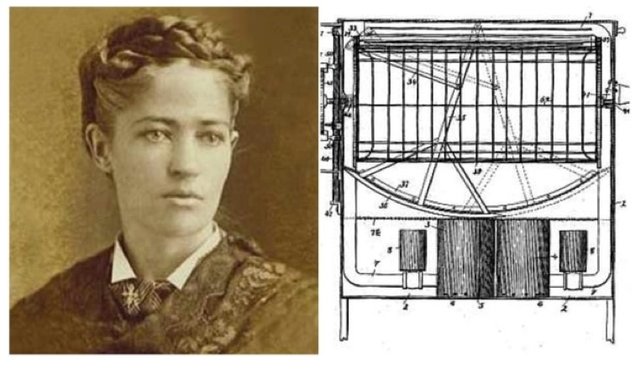
One-time diaper, Marion Donovan.
After her mother's death, her father took her to a factory where she worked. Growing up in this environment helped him greatly when the second boy was born; switched many diapers and sheets from one child to another. Marion Donovan began to conceive a diaper with filters and did some proof with the bathroom curtains and finally with a piece of parachute. She called the scouting and had a great deal of success in 1949. A year later she introduced a diaper made of a very strong and absorbing paper, all laughed, because she had introduced such a little practical thing. Victor Mills, creator of Pampers, rethought this idea a decade later and created his empire.
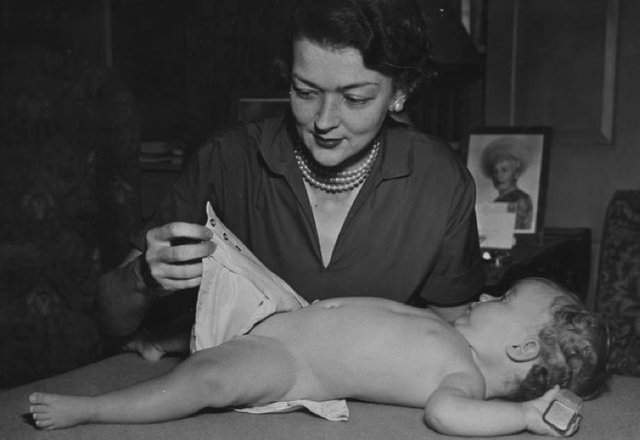
Chocolate biscuits, Ruth Wakefield.
One of the most popular sweets products came as an accident in Whitman, Massachusetts in 1930. Ruth Wakefield was preparing some biscuits one day when he noticed that there was no cocoa to cook. Then he took a piece of chocolate and broke it in pieces, put them in a red sugar bowl and walnuts, imagining that the heat would melt the chocolate. When he brought them out of the oven, he noticed that the pieces were like small crystals, so that idea would later be bought by Nestle.
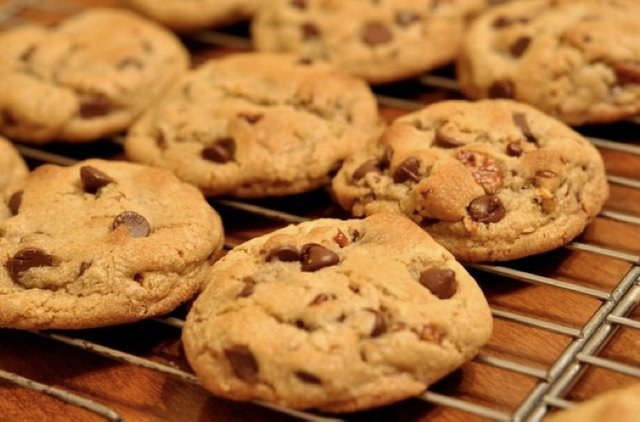

Thank you very much to every single follower and all steamians who support me.
Also big thanks goes to @busy.org & @busy.pay for huge support to minnows like me and so many other minnows of the steemit community .
So join https://busy.org and lets make steemit community better together.
You can also join me at: https://busy.org/i/@helamia
Take some time to check more of my blogs. You might find something that interests you or learn something new. Best regards from @helamia .
If you wish to contact directly or just want to add me. Follow the links below where u can add / follow me:
https://web.facebook.com/Hilmi.Bojaxhiu
https://www.instagram.com/hilmibojaxhiu/
https://twitter.com/HilmiBojaxhiu
Excellent article. I learned a lot of interesting and cognitive. I'm screwed up with you, I'll be glad to reciprocal subscription))
Thank you @redboy im glad you enjoyed the article
Girl power!!!! Really interesting post.
Ye indeed girl power :)
Thank you for stopping by @ivanic i appreciate it.
We should give it up to the women .I laugh at people who tend to say women are the weaker links..I feel we are equal ,that's if they are not better than us ..this are some awesome inventions that had been made by a great women . My best pick is the bullet proof vest by Stephanie kolwerk.
Awesome post
First of all thank you for stopping by @promize123 and im pleqsed that you enjoyed the article here's something more because i know u like to read.
My favourite is caller id and call waiting.
Yes we are equal in some terms but male have bigger structure of body and a bit bigger brain, ablut 10-12% bigger, but that doesnt make us smarter.
Men are known for taking risks and rushing things when womans do not take risks that much and are more in controll.
Men also choses friendship that is builded upon the common interests and that compared to womens its different because womans chose friendships who can connect to each other in an emoyional level like sort of feel each others troubles and stuff.